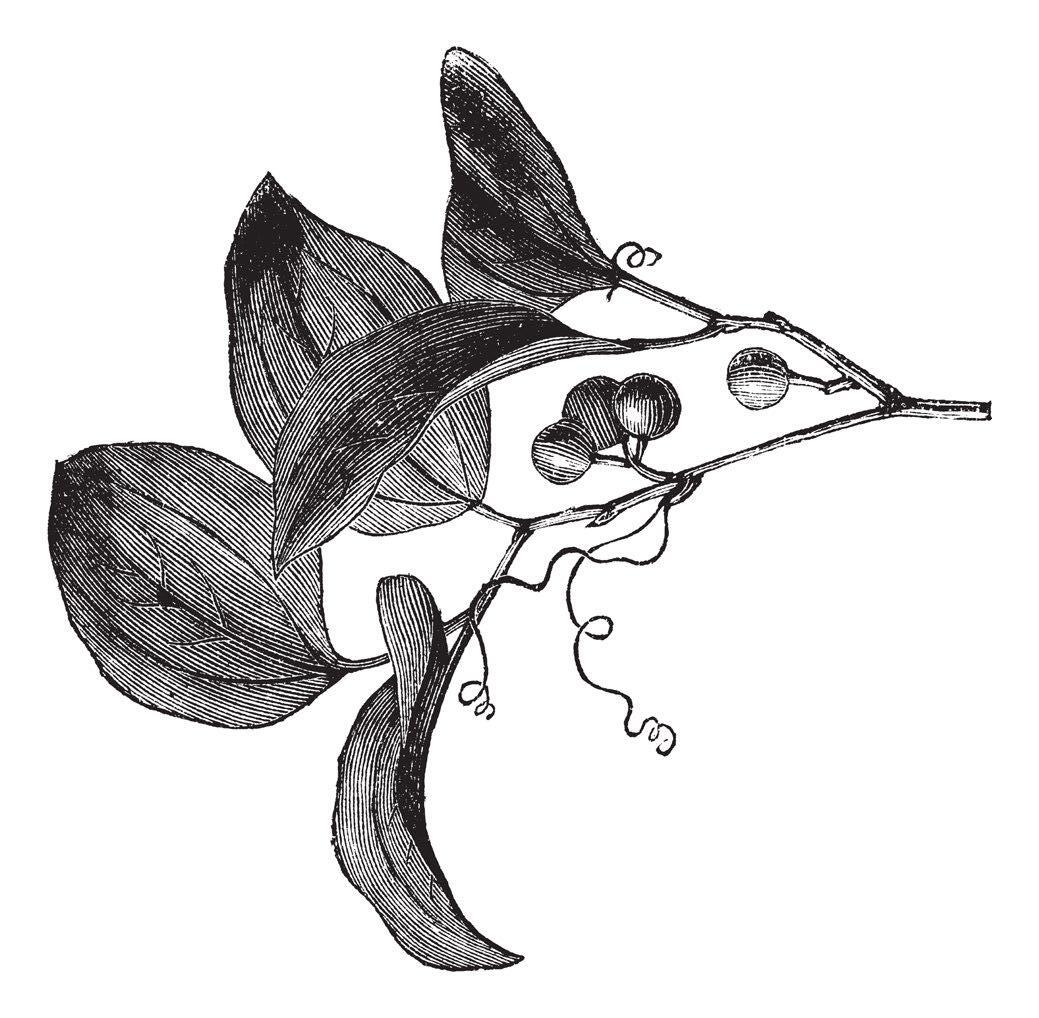
1 minute read
A HUNDRED YEARS OF METABOLISM RESEARCH
The plant Journal
By Lee Sweetlove. Professor of Plant Sciences, University of Oxford, UK. Editor in Chief.
environmental managers. More recently, increasingly collaborative projects have led to more actionable science. Today we can point to numerous success stories where conservation physiology has had a direct impact on policy and practice—from Pacific salmon management to wetland restoration efforts. Yet, there is still much work to do to help reverse declines in biodiversity and restore ecosystems.
I am confident that Conservation Physiology can rise to this challenge. In a series of recent articles spearheaded by the entire editorial team, we have explored topics that we believe will help to position Conservation Physiology (the journal and the discipline) to be more impactful. For example, we have crafted a list of 100 research questions that, if answered, would meaningfully improve our ability to manage biodiversity.1 We have also considered how conservation physiology is relevant to the sustainable development goals.2 And importantly, we have considered what is needed to make the conservation science community a more inclusive, integrative and forward-looking discipline.2











